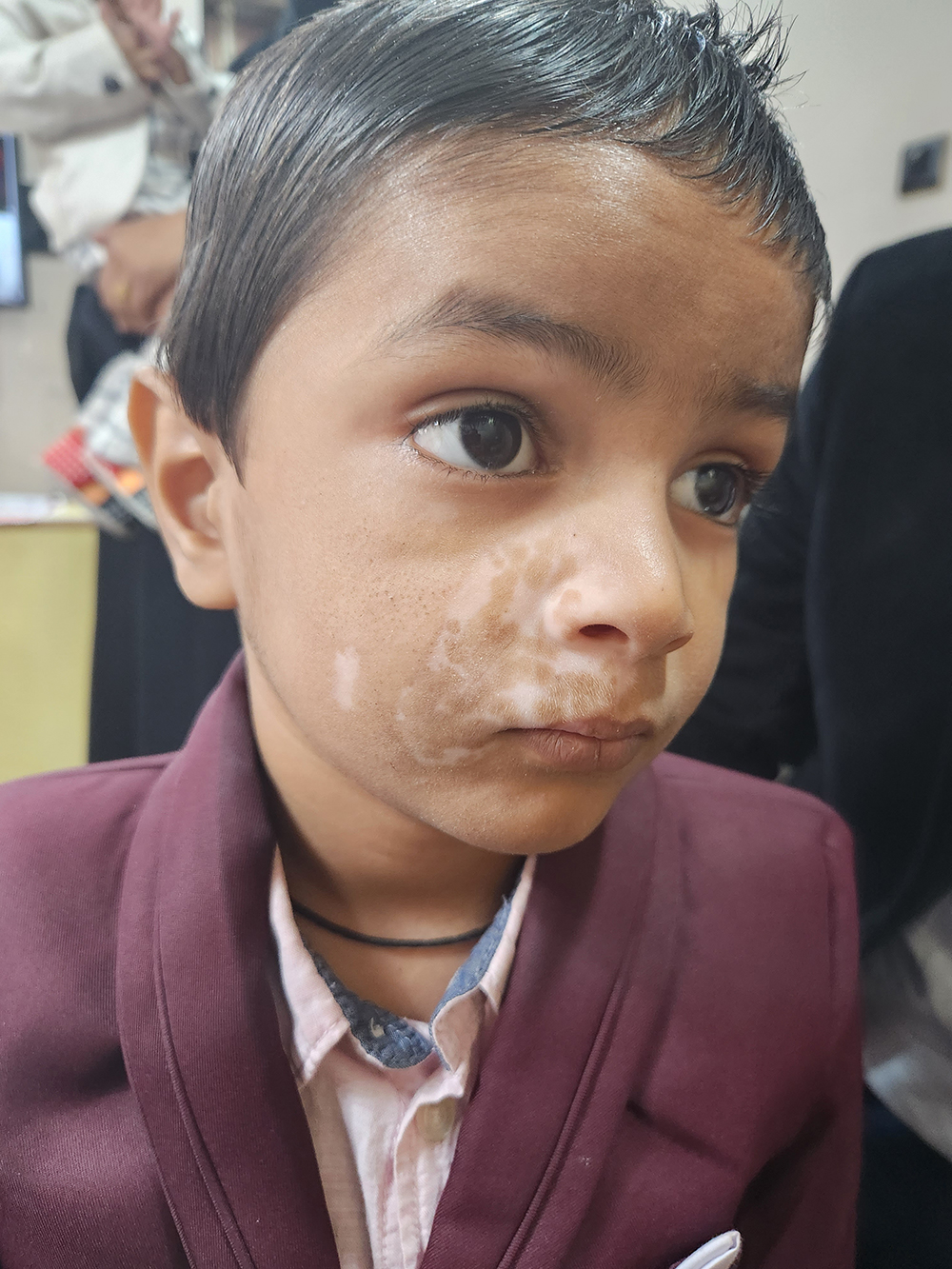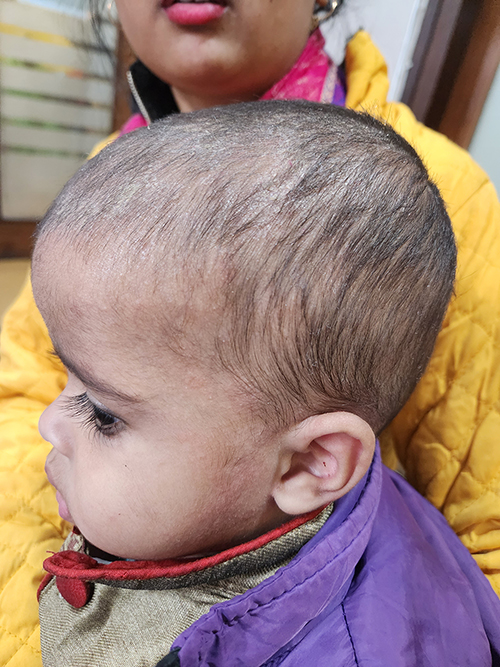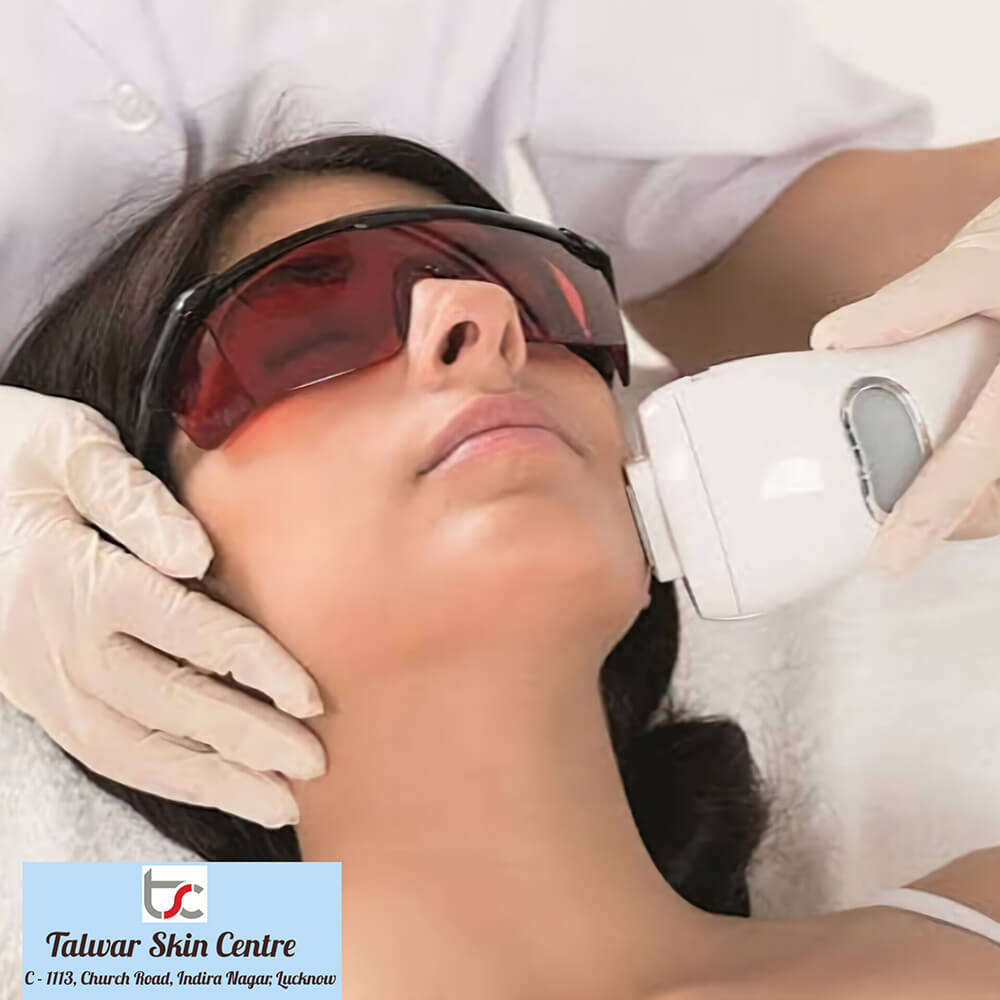What is paediatric dermatology
Paediatric Dermatology is the branch of Dermatology which studies and treats skin conditions happening in children. There are many skin conditions which are specific to childhood age under generally restricted to children and teenagers only. Common skin ailments that are seen in children include Eczema ( like atopic eczema, seborrheic dermatitis, nappy rash), infections (like warts, molluscum or bacterial infections ) , genetic disorders like melanocytic nevi and vascular conditions like haemangioma.
The doctors at Talwar Skin Clinic, Lucknow are specialised in paediatric dermatology as they believe that the children’s skin is different to that of adult skin and needs specialist care.

What conditions are common in paediatric dermatology and are treated at Talwar Skin Centre, Lucknow
Some common conditions with which children present to us include the following:
Atopic dermatitis : This is a common Eczema which occurs in children and his characterized by severe itching and reddish rash with generally starts on the face and may spread on to the hands and then feet. The skin of such children is generally very dry and flaky and these children also have associated symptoms of asthma or allergic rhinitis characterised by repeated episodes of sneezing.
Warts or verrucae : This is a common viral infection which is seen in school going children and may affect any part of the body but usually the hands and the face are affected.
Molluscum Contagiosum : This is another common viral infection which is seen in school going children and usually spreads by close contact so multiple members in the same family make it affected. This is characterized by small Shiny white bumps which are most commonly seen over the face and may keep increasing in number with time.
Diaper rash : This is most often seen in infants who wear diapers for long periods of time continuously. Because of accumulation of sweat , urine and fecal matter ,the skin in the area may get macersted and made develop a rash which is very itchy. Treatment involves avoiding the use of diaper and use of barrier creams which protect the skin from external damage.


Cradle cap or seborrheic dermatitis : This is a sort of fungal infection which is usually seen in newborn children and is characterized by thick accumulation of skin or scales over the scalp which are difficult to remove even with repeated washing. Treatment involves use of antifungal shampoo and keratolytic Agents which prevents the build up of skin over the scalp of these infants.
Papular urticaria : This is a sort of an allergic reaction which develops due to external insect bites. In Indian patients this is most often seen following mosquito bites. This is characterized by reddish papules or bumps which are seen over the exposed areas of the body like face arms and legs. The covered Parts of the body like the chest abdomen and back are usually spared from the disease. Treatment involves use of anti allergic medications and avoidance of mosquito bites.
Haemangioma : This is a type of vascular birthmark or vascular tumor which may develop within the first few months of life. This is characterized by a reddish growth which may develop on any part of the body and may progressively increase in size. Treatment involves the use of Beta blocker medications like propanolol and timolol which may have to be continued for a long duration.
Scabies: This is an infectious disorder which is extremely itchy and may not allow the child to sleep properly at night. Usually many members of the family like the parents of the child are also affected with this problem. Treatment involves use of permethrin lotion and anti parasitic medications like ivermectin.


Hand foot and mouth disease ( HFMD) : This is a viral infection which is very common in school going children and may spread very easily from one child to another. It is characterized by high grade fever which may last for a couple of days and is followed by a rash which is characterized by small fluid filled bumps usually seen over the hands and the soles of feet. The child may also develop oral ulcers which may make it difficult for the child to eat or drink properly.



